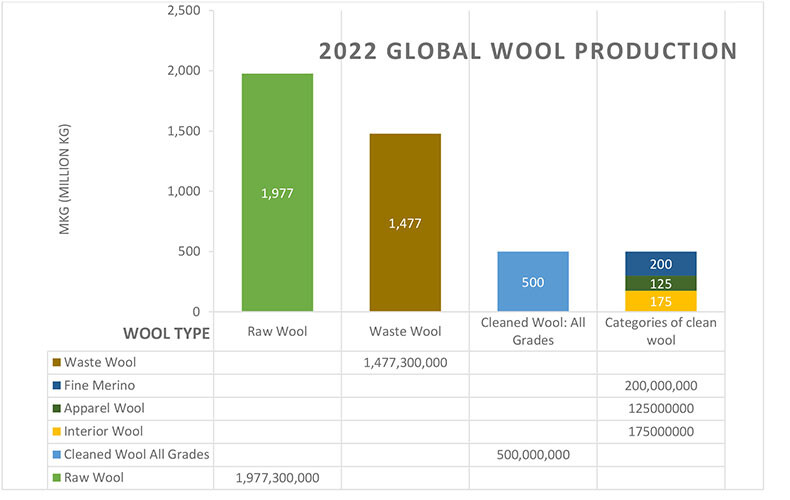FAQs
WHY IS REPLACING PEAT MOSS SO IMPORTANT?

Peat moss has a long history in gardening. It's used extensively in soil mixes, outdoor and indoor gardening. Its main function is to retain water for plants. What's seen as a benefit to plants is actually a big problem for the environment. Even sustainably harvested peat-moss is not a long term solution. Peat moss grows 1mm a year, far less than is needed for the industry. According to the International Union for the Conservation of Nature (ICUN):
- Peatlands are a type of wetland which are critical for preventing and mitigating the effects of climate change, preserving biodiversity, minimising flood risk, and ensuring safe drinking water.
- Peatlands are the largest natural terrestrial carbon store. They store more carbon than all other vegetation types in the world combined.
- Damaged peatlands are a major source of greenhouse gas emissions, responsible for almost 5% of global anthropogenic CO2 emissions. Peatland restoration can reduce emissions significantly.
- Countries should include peatland conservation and restoration in their commitments to international agreements, including the Paris Agreement on climate change.
- Worldwide, the remaining area of near natural peatland (over 3 million km2) sequesters 0.37 gigatonnes of CO2 a year . Peat soils contain more than 600 gigatonnes of carbon which represents up to 44% of all soil carbon , and exceeds the carbon stored in all other vegetation types including the world’s forests.
source: https://www.iucn.org/resources/issues-brief/peatlands-and-climate-change
Are wool pellets really only raw wool?
Yes, pellets are raw wool straight off the sheep. Sheep aren't the cleanest of animals though and some amount of straw, hay, mud, and poop in their wool. Non-wool natural materials are only a fraction of each fleece.
Shouldn't this wool be used for things like clothing and blankets?
There are many different types of sheep out there. Not all sheep have wool suitable for clothing. In Canada, our sheep are raised for food, with wool thought of as an afterthought. Only approximately 3% of Canada's wool is suitable to make a sweater. The rest could be used for other things such as carpets and insulation, but the lack of manufacturing in Canada prevents this wool from being used in any way. Farmer's generally dump, burn, or take their wool to landfill. Even the best sheep wool still has 20% that is too dirty to be used.

This is a global problem though. Internationally the top 22 wool-producing countries produce over 1.9 billion kilograms of wool annually. Out of that wool, 1.4 billion kilograms isn't accounted for.

Does wool feed the soil?
YES! Microbes and insects can digest wool and under favourable temperature and humidity conditions, more than 104 viable bacteria and 103 fungi per g of wool develop and cause biodegradation (Gochel etal.,1992).b
What about weed seeds?
The process of making raw wool into pellets generates a considerable amount of heat, to the point where any moisture in the wool causes steam when processing. Pellets are dispensed at a temperature in excess of 77C (170F). This temperature is maintained for between 1-2 hours then slowly cooled. Compost is held at 60C for 4 hours to completely render any pathogens and seeds inert. In fact, wool can act as a weed suppressant when applied for that reason.
Where do I use wool pellets?
Pellets can be used anywhere peat moss is used in standard gardening practice. Wool pellets can be used in additional ways too. Here's some examples of ways to use wool pellets.
- sprinkle on top of your houseplants as a slow-release fertilizer
- place at the bottom of pots to help retain water
- mix into potting soil before planting seedlings
- distribute thickly around plants to act as a slug barrier
- spread thinly on your lawn as an eco-friendly fertilizer
- mix in with seeds when broadcasting
How much do I need to use?
Less is more when using wool pellets. Each 1 kg bag will cover approximately 25 square feet or a 5x5 foot space when spread evenly over the soil and then dug in. To use in a potting mix add a 1/2 cup of pellets to 4 cups of potting soil. A light sprinkling of pellets (4-8 pellets/plant) can be added to the bottom of a row in the garden.
 1/2 cup pellets to 4 cups of potting soil
1/2 cup pellets to 4 cups of potting soil
Where do you get the wool you use?
We use our own waste wool in addition to purchasing wool from other farmers across Ontario.
